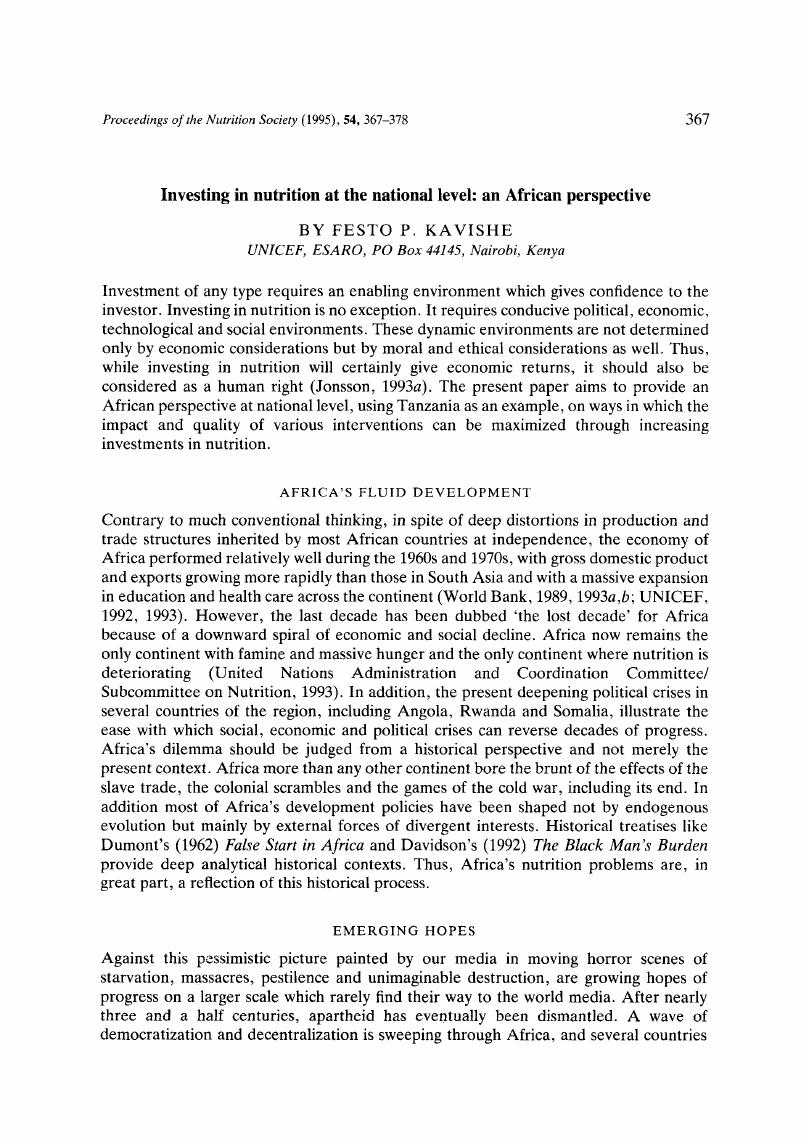Unicef (
1992).
Africa's Recovery in the 1990s. From Stagnation and Adjustment to Human Development [
Cornia, G. A.,
van der Houven, R. and
Mkandawire, T., editors]. Spedale degli Innocenti Florence,
Italy:
International Child Development Centre.
Google Scholar